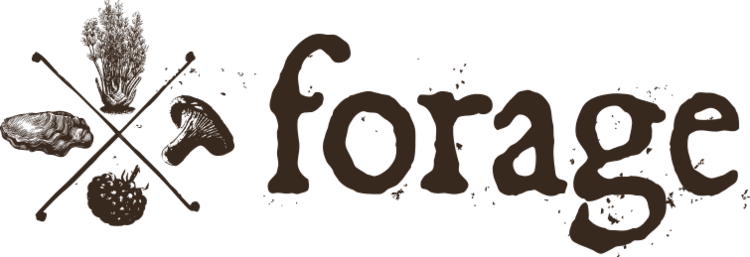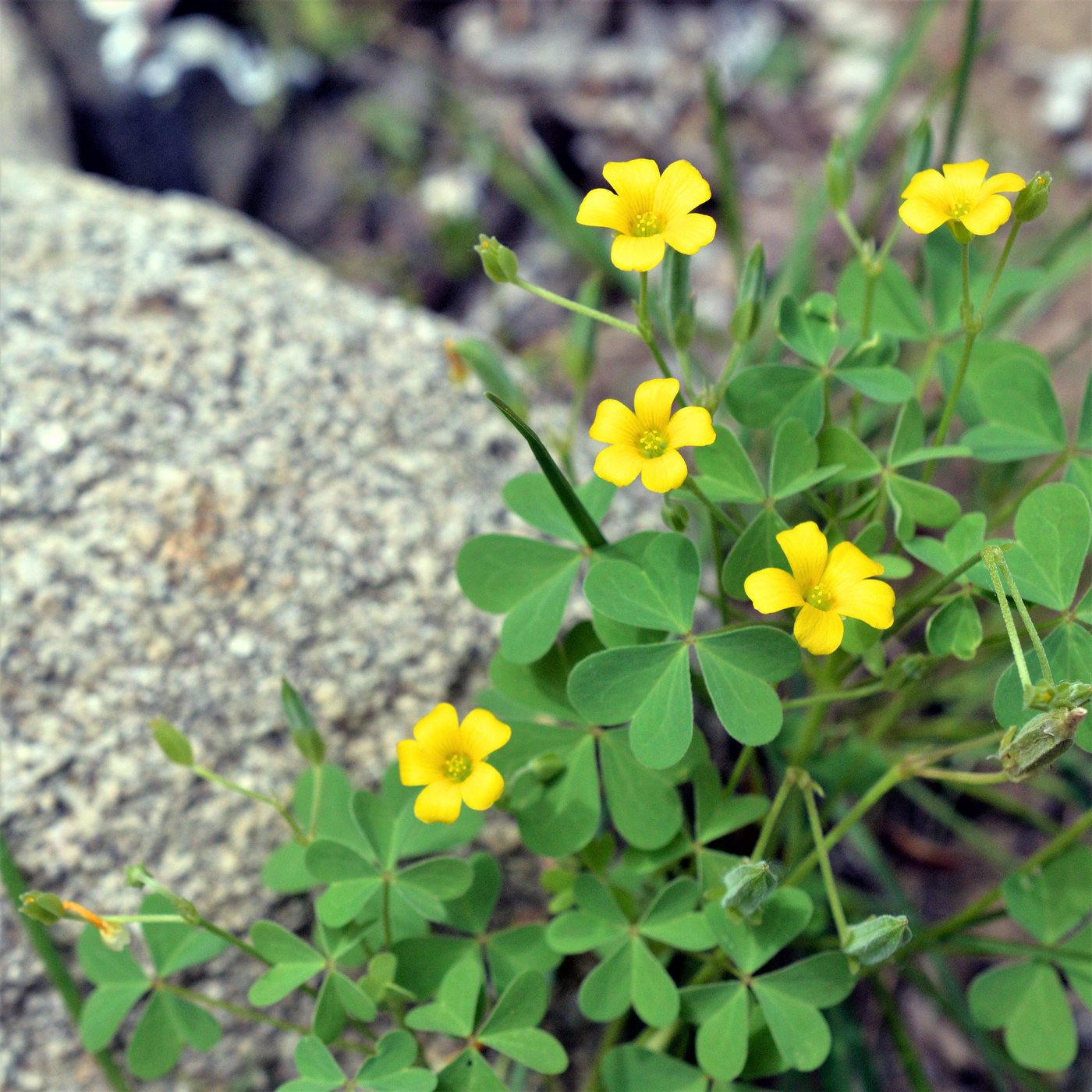Oxalis: That's Sour Grass to all you kids out there
Today’s guest post is from Kevin Feinstein (one of the leaders of our wild food walks), and Mia Adler’s book The Bay Area Forager: Your Guide to Edible Wild Plants of the San Francisco Bay Area. Check at the bottom of the post for a purchase link to their great guide to all things wild and edible!
Oxalis, Sour grass, Sour clover, Redwood Sorrel (Oxalis spp.)
Family: Oxalidaceae (Wood Sorrel)
Eurasian and South African weed, Native
In my classes when we come across this plant, I often ask the question of the group, “who here grew up in California?” Most of the folks who raise their hands know oxalis as sour grass, and as kids were taught about its lemony, fun flavor.
What does it look like? Herbaceous perennial. The three “petaled” leaves look very much like clover but have indentations and are divided (even often folding when leaves are droopy). The small 5-petaled flowers, though typically yellow (pinkish in some species), are quite different than clover. Clover is safe to eat, by the way, but does not taste lemony. The lemon-like sour flavor is one of oxalis’s most distinctive features, hence the names “sour grass” or “sour clover.”
When is it available? All year; it can dry out in hot dry weather or die back from frost in very cold weather, but when opportunity strikes will grow out again.
Where can I find it? The smaller leaved yellow flowered species are non-native and are typically found in disturbed areas. Parks, lawns, gardens, common landscaping and construction weed. The native (redwood sorrel) with pinkish purple flowers and often purple leaves can also show up in these habitats, but you’ll more likely find it under, you guessed it, redwood trees. The weedy yellow flowered kind often grows under large pines in urban areas, where nothing else will.
How to use/forage? The leaves and flowers can be eaten raw. They are quite intense in flavor, very lemony and sour (in a good way). You wouldn’t really use too many because of the strong flavor anyway, but just in case: do not overindulge as these plants are high in oxalic acid (hence the name.) Raw spinach, beets, and chard also contain this warning.
Sustainability Redwood sorrel is a beautiful ornamental and native forest plant. If you are going to harvest, only pinch a few leaves off here and there to be safe from overharvesting. The weedy type (yellow flowered) is completely noxious in that once established it grows and grows and is very difficult to get rid of. It provides little wildlife value, so as a forager you can help yourself. Even if you pull the whole plant out, it’s likely to spread through bits of the underground parts.
Purchase The Bay Area Forager: Your Guide to Edible Wild Plants of the San Francisco Bay Area:

